Budapest has an excellent surface "trolley" and subway system. Budapest's tram network is extensive, and reliable despite poor track infrastructure and an ageing fleet. There are three metro lines and a fourth is currently under construction. The Yellow line, built in 1896, is one of the oldest subway lines in the world, following London Underground and the Istanbul Metro that were built respectively in 1863 and 1875.
The New York Palace is a luxury hotel on the Grand Boulevard in Budapest. Built by the New York Life Insurance Company in 1894 as a local head office, its Café in the ground floor named New York Café was a longtime center for Hungarian literature and poetry, almost from its opening in 1894 to its closure in 2001, to reconstruct it into a luxury hotel, as it is now. The café was also reopened in 2006 in its original pomp, as was the whole building. The building was nationalized during the communist era. After the collapse of socialism, the palace was bought by Italian Boscolo Hotels in 2001. The building was totally renovated, and reopened on 2006 as a 107 room luxury hotel, with the Café, also totally renovated, on its ground floor. We stopped in to take a look. Mike and Lucille made reservations for supper. They said the dinner was great and the service outstanding (and the bill was over $100).
This is the Beijing "Night Market". What you see here is some nice looking candied fruit. What you'll see in the following pictures may surprise you!
The House of Terror is a museum located at 60 Andrássy Street. It contains exhibits related to the fascist and communist dictatorial regimes in 20th century Hungary and is also a memorial to the victims of these regimes, including those detained, interrogated, tortured or killed in the building. This is a grim place. The pictures above the tank are some of the victims that were tortured and/or killed, Even the music piped into many rooms is grim and forboding. Photos are not allowed, but I got one of the gallows in the basement. Notice the "kicking stool".
This is the Opera House. It isn't as grim as the "House of Terror". Tours are avalable, but we skipped it. Construction started in 1875 and the building was finished in 1884.
The building cost a lot of money, the auditorium was decorated with more than 15 pounds of gold. Hundreds of statues and paintings decorate the Opera House both inside and out.
Emperor Franz Joseph financed the construction, though he received little recognition for his generosity. He in turn didn't appreciated the architect's work on the opening ceremony: "It's very beautiful. I like it very much." was all he said about Europe's most magnificent and modern opera house.
This guy was sucking up dirt, paper, and leaves. Keeping Budapest streets trash free. Do they do this in Boston?
There is even a Postal Museum in Budapest. It's housed in a snazzy seven-room apartment of a wealthy late-19th-century businessman off an internal court yard with carved balconies and stained-glass windows. The apartment itself is among the best-preserved in the city. Mike is checking out an old mail truck and Lucille is reliving her days as a phone operator. "Number, please."
A couple more street scenes and we move onto look at Budapest's Jewish Synagogue.
Our 2011 Eastern Europe Trip
Part 2 - Page 2 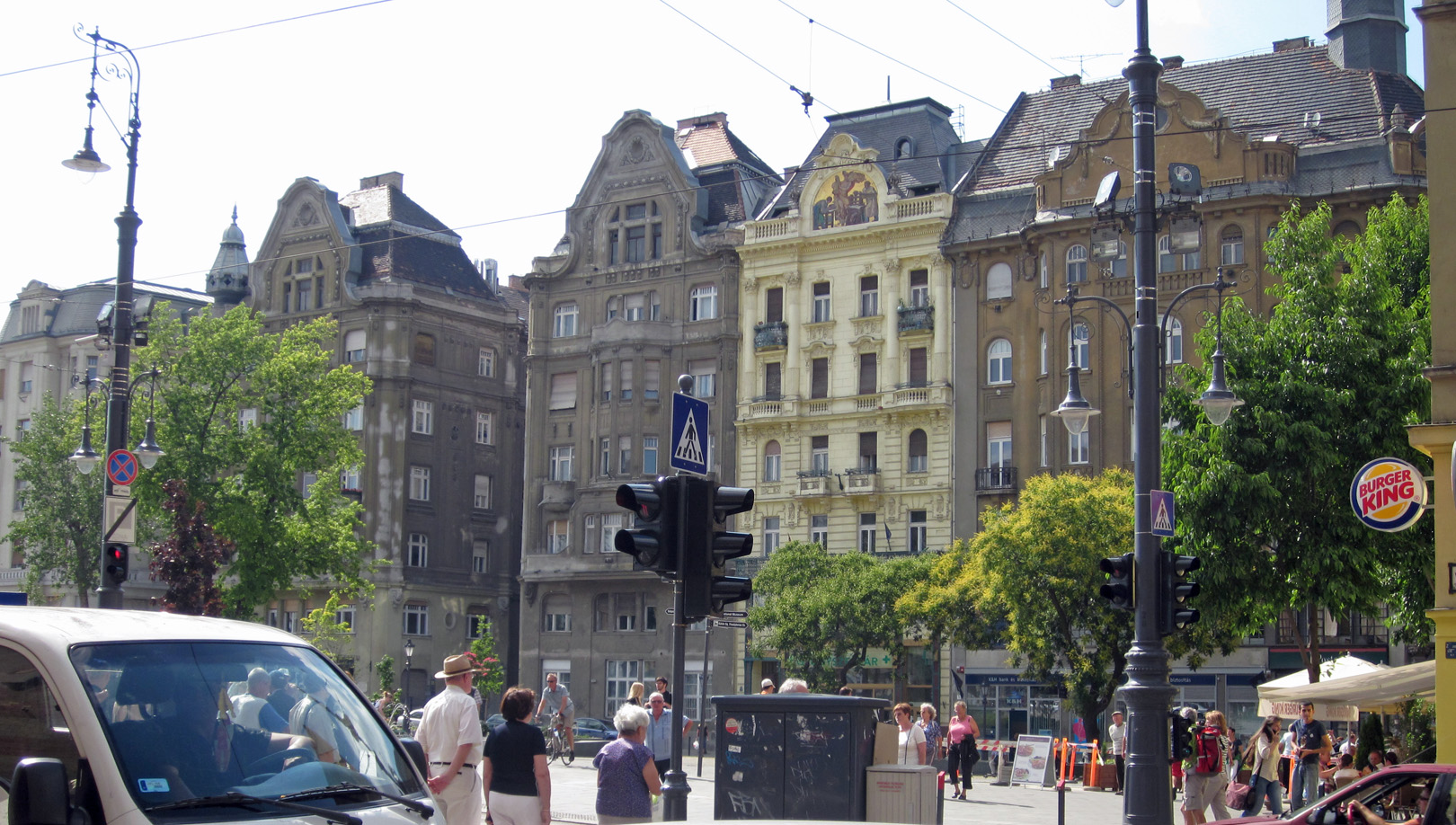
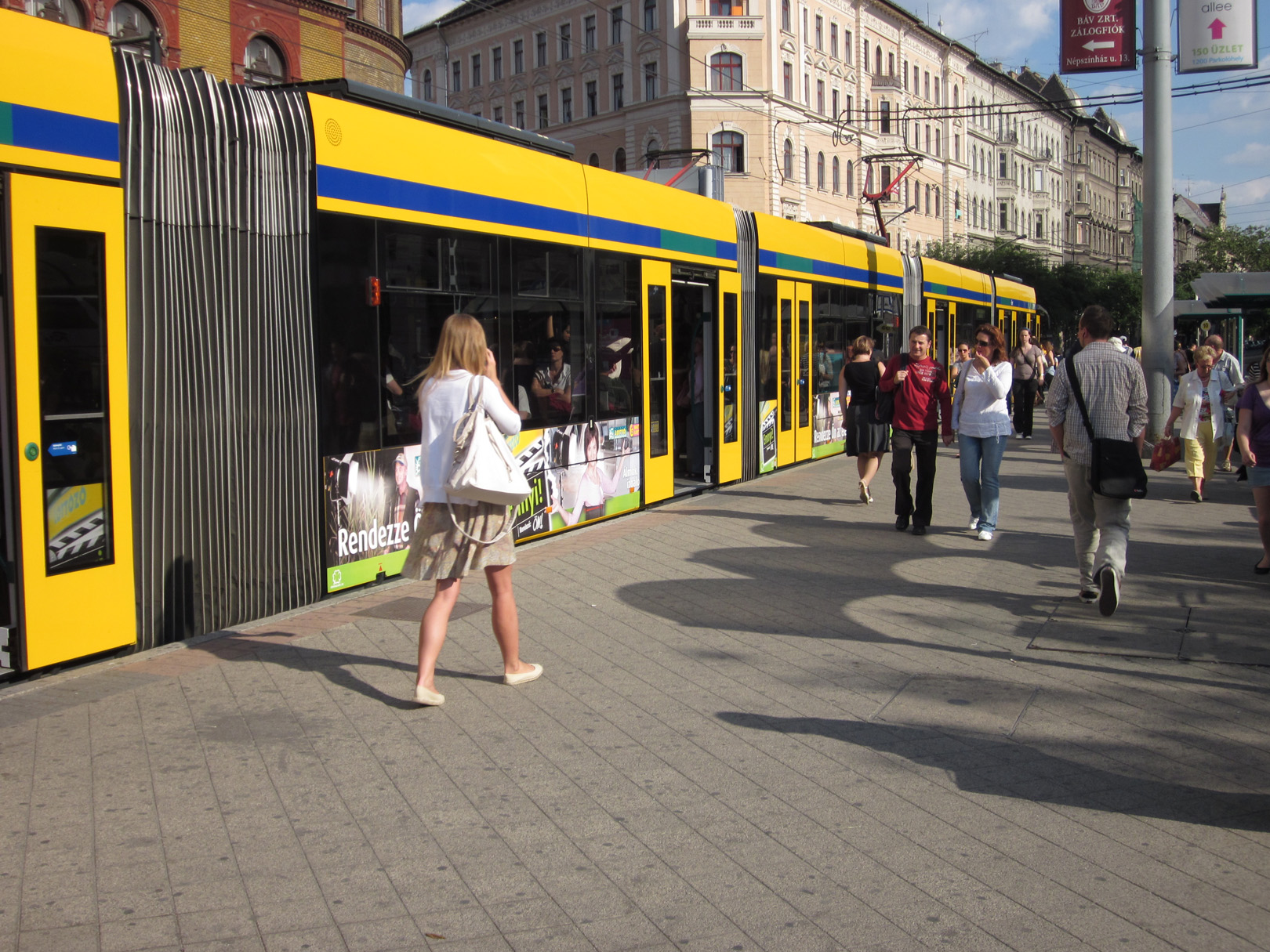
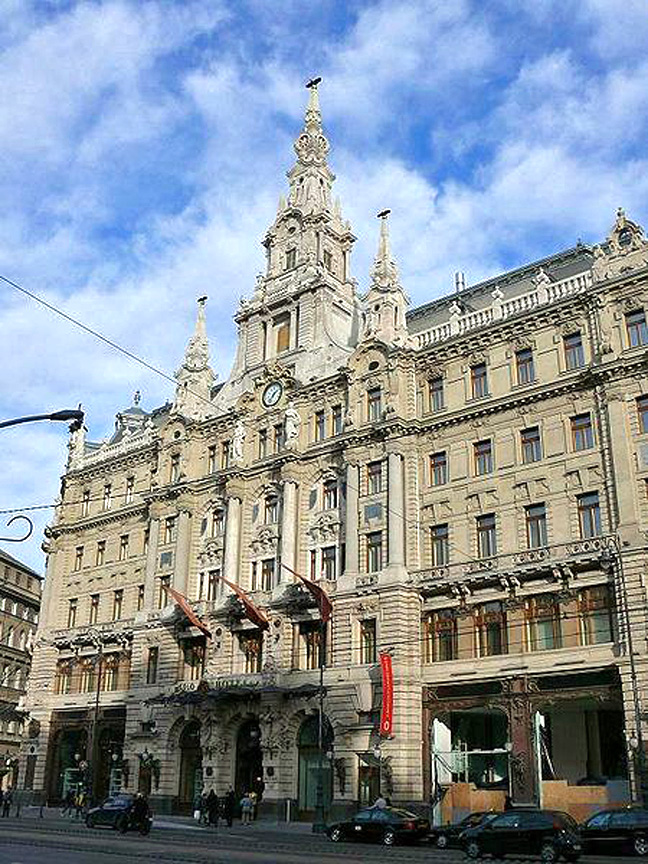
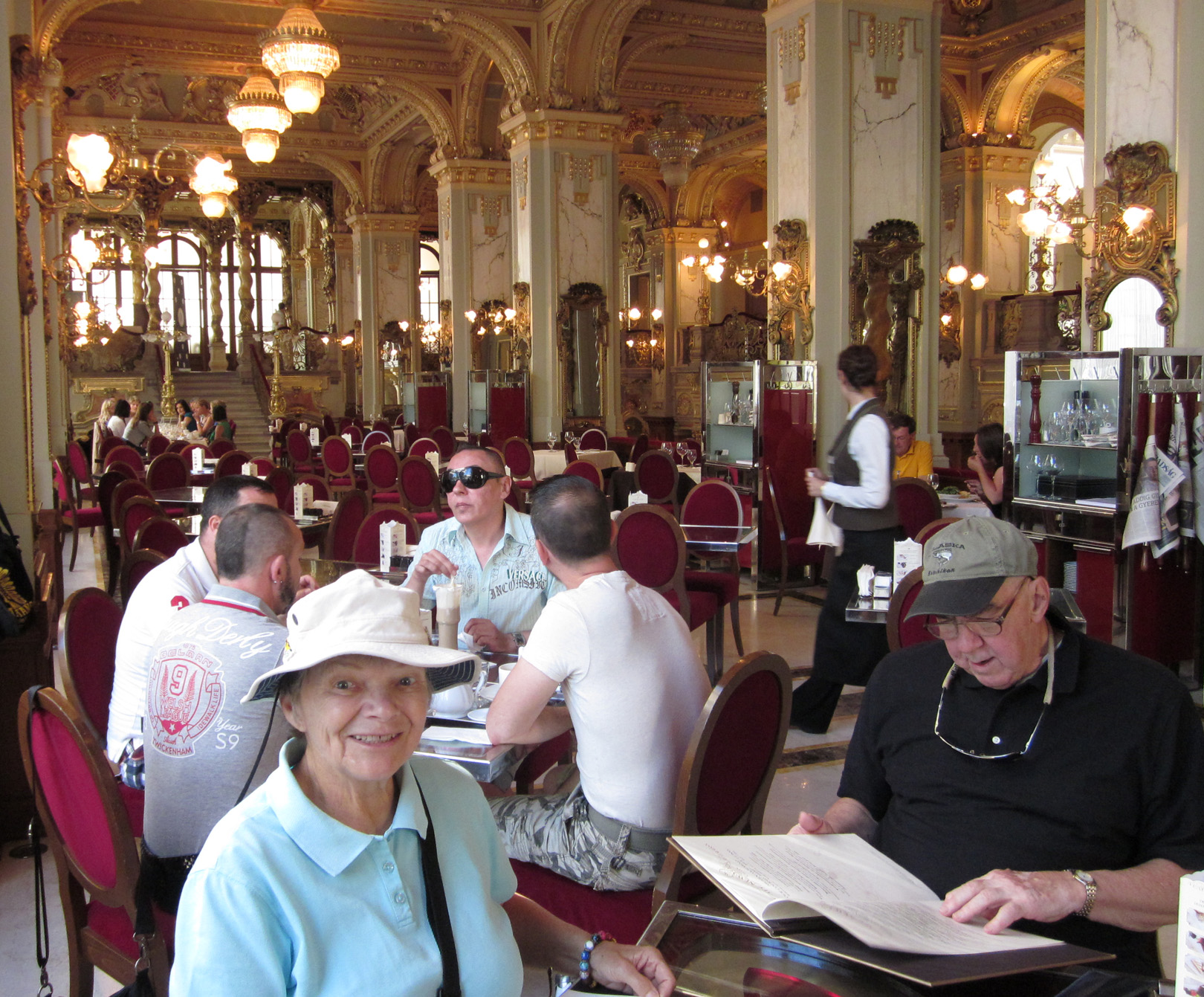
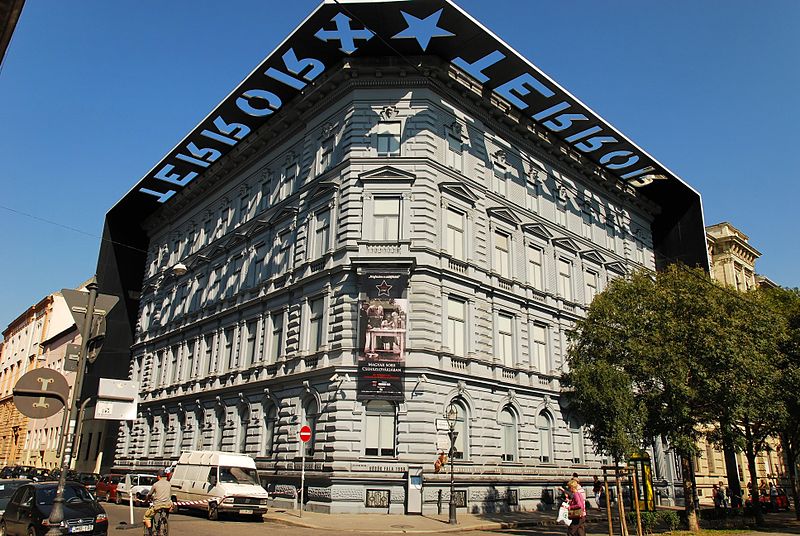
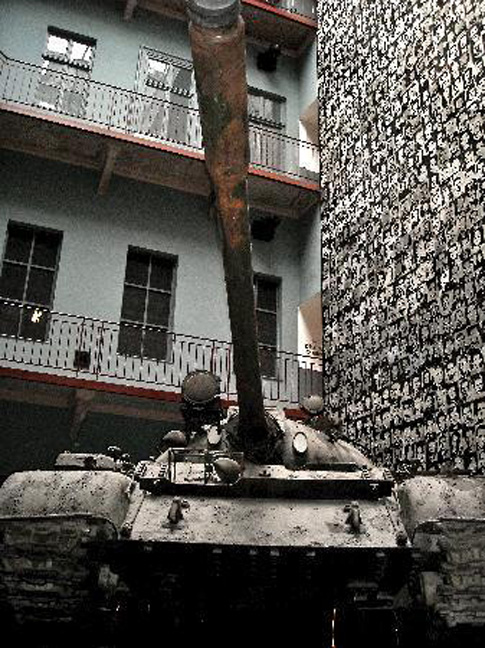
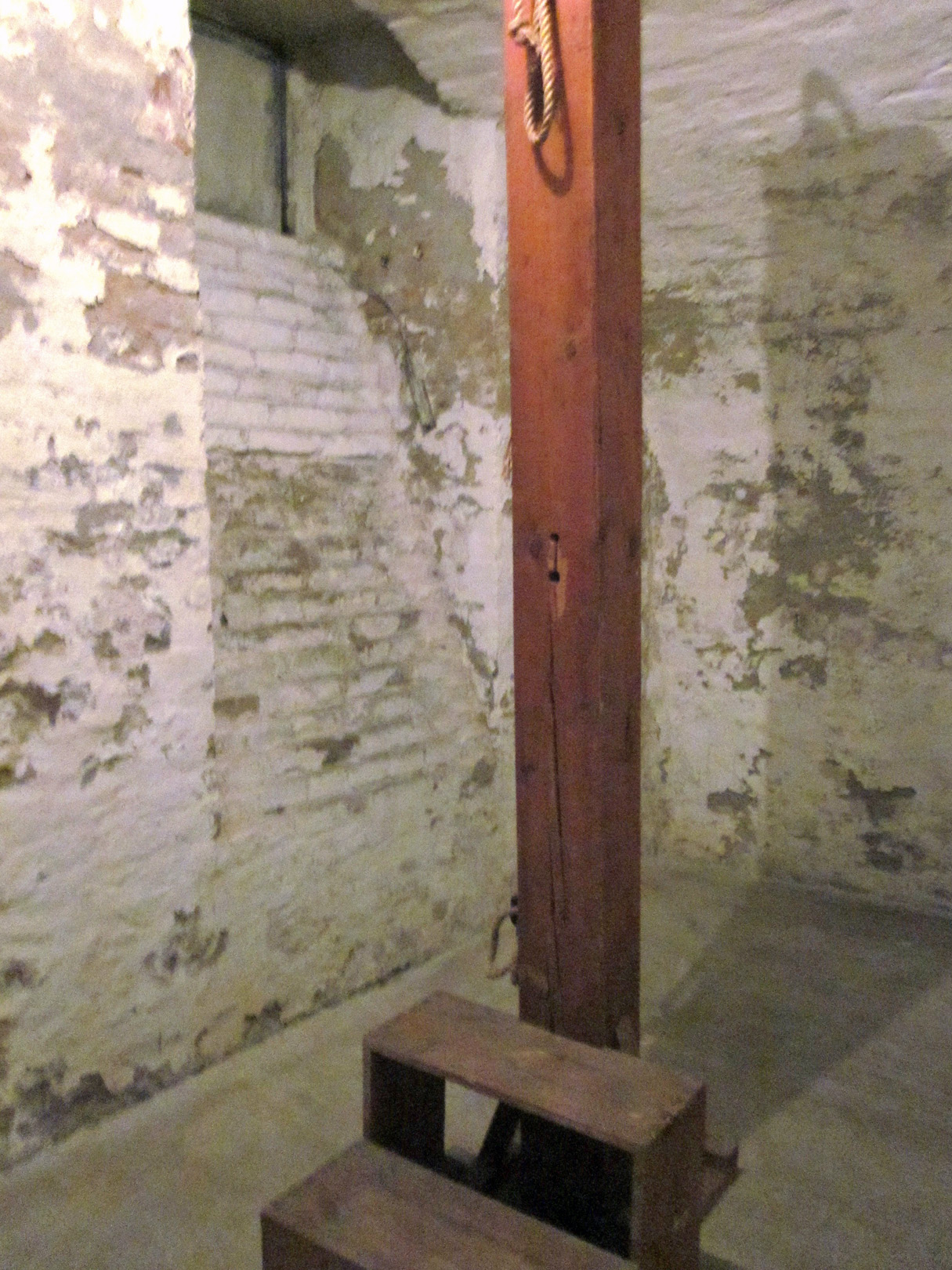
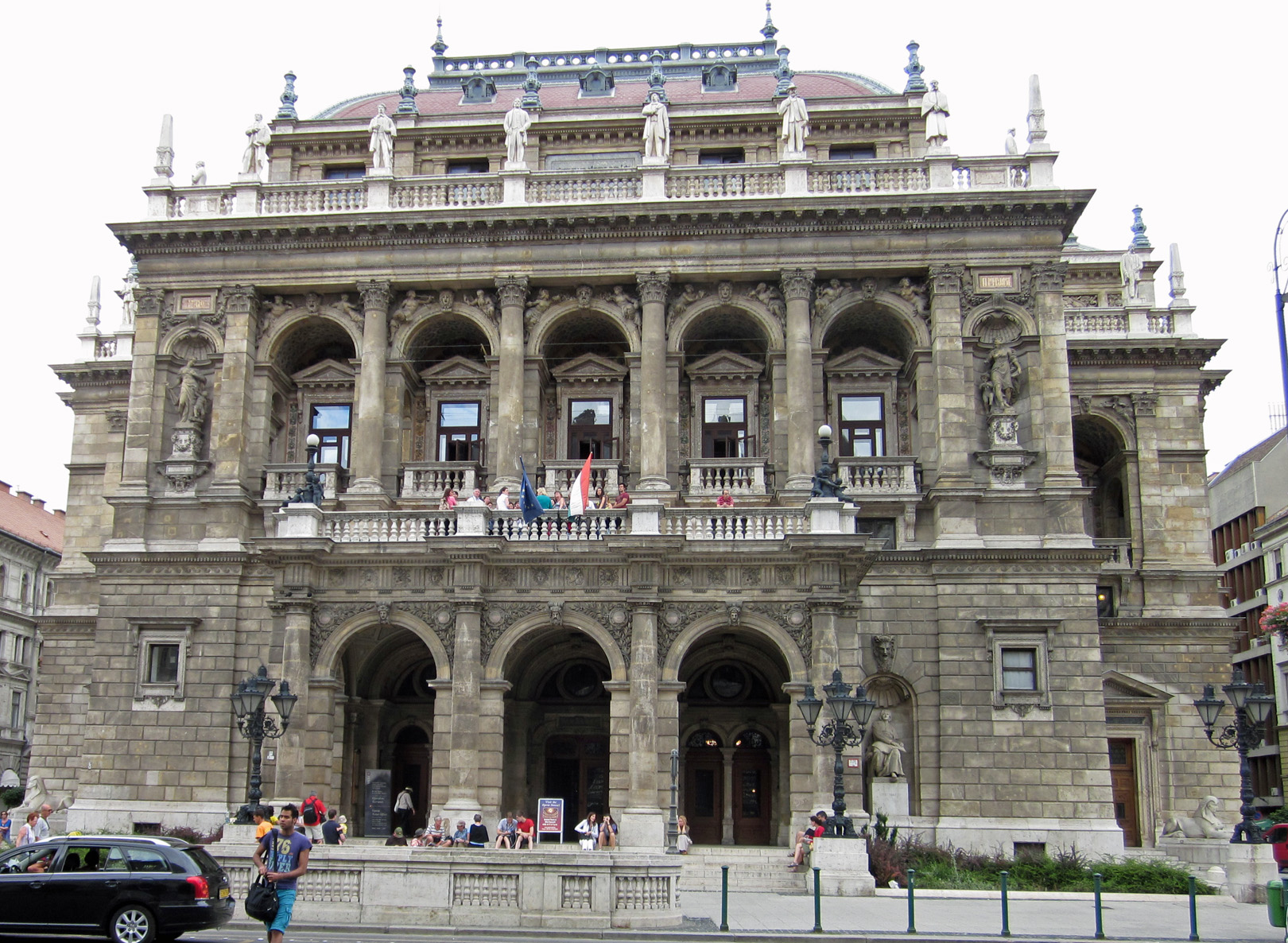
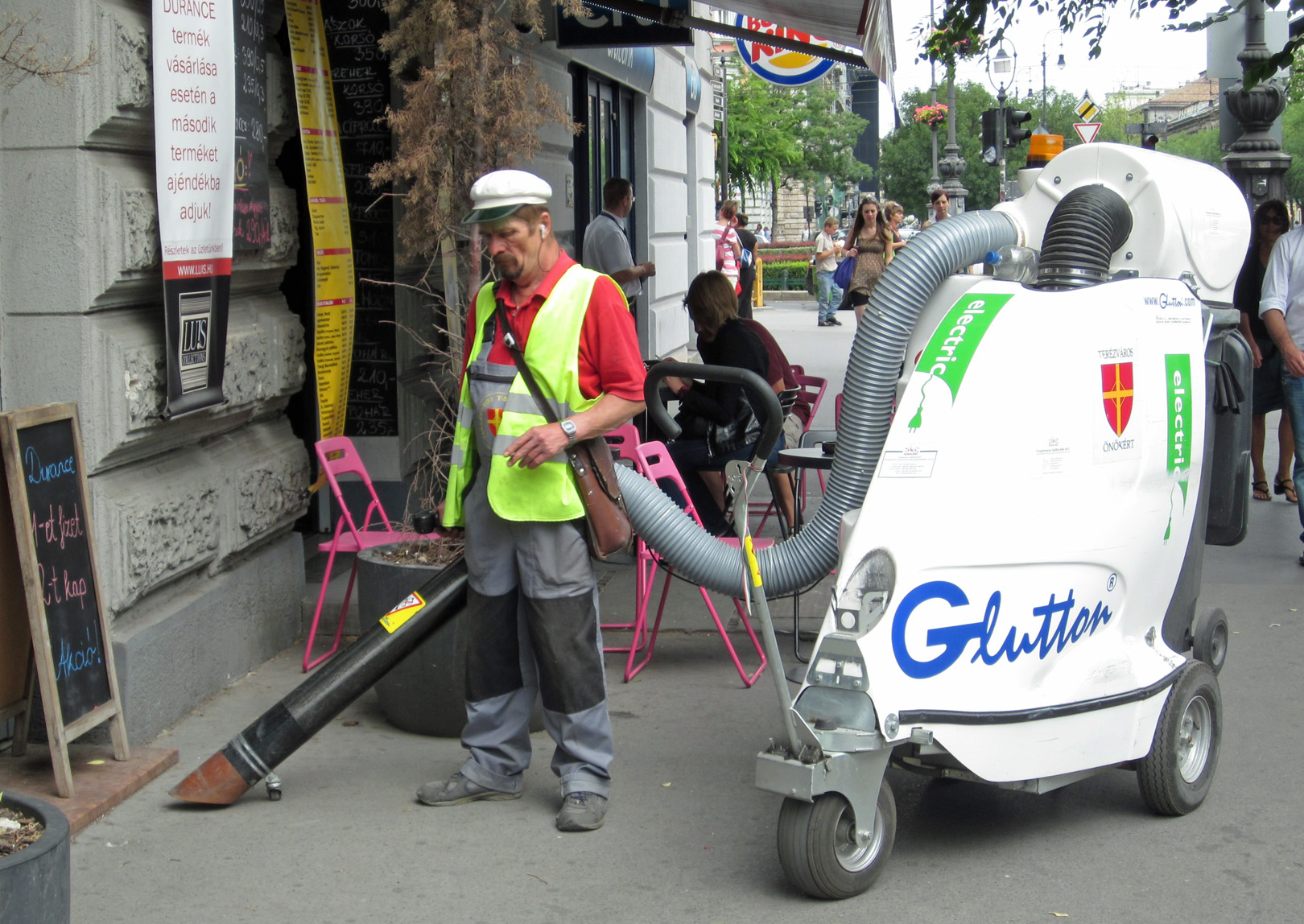
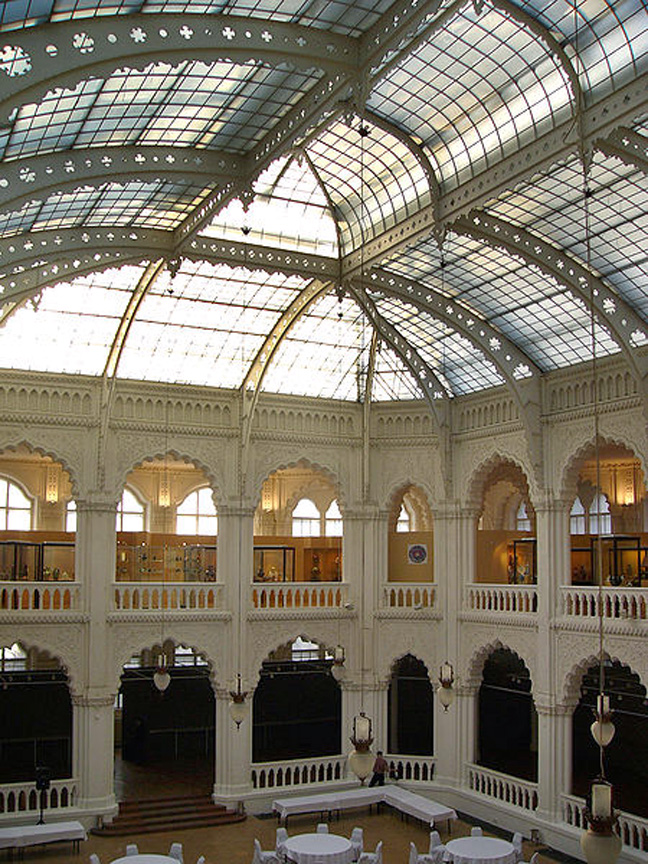
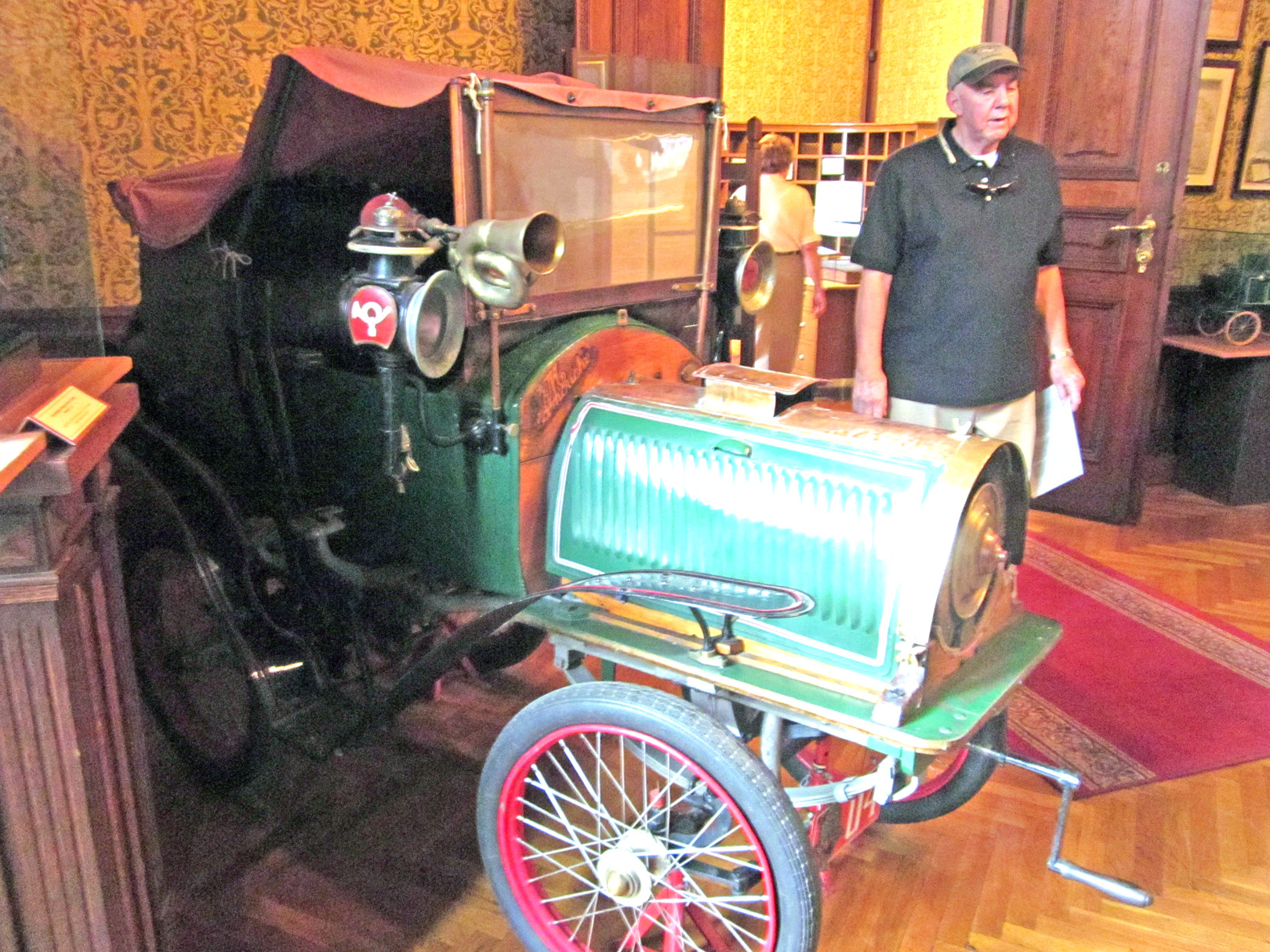
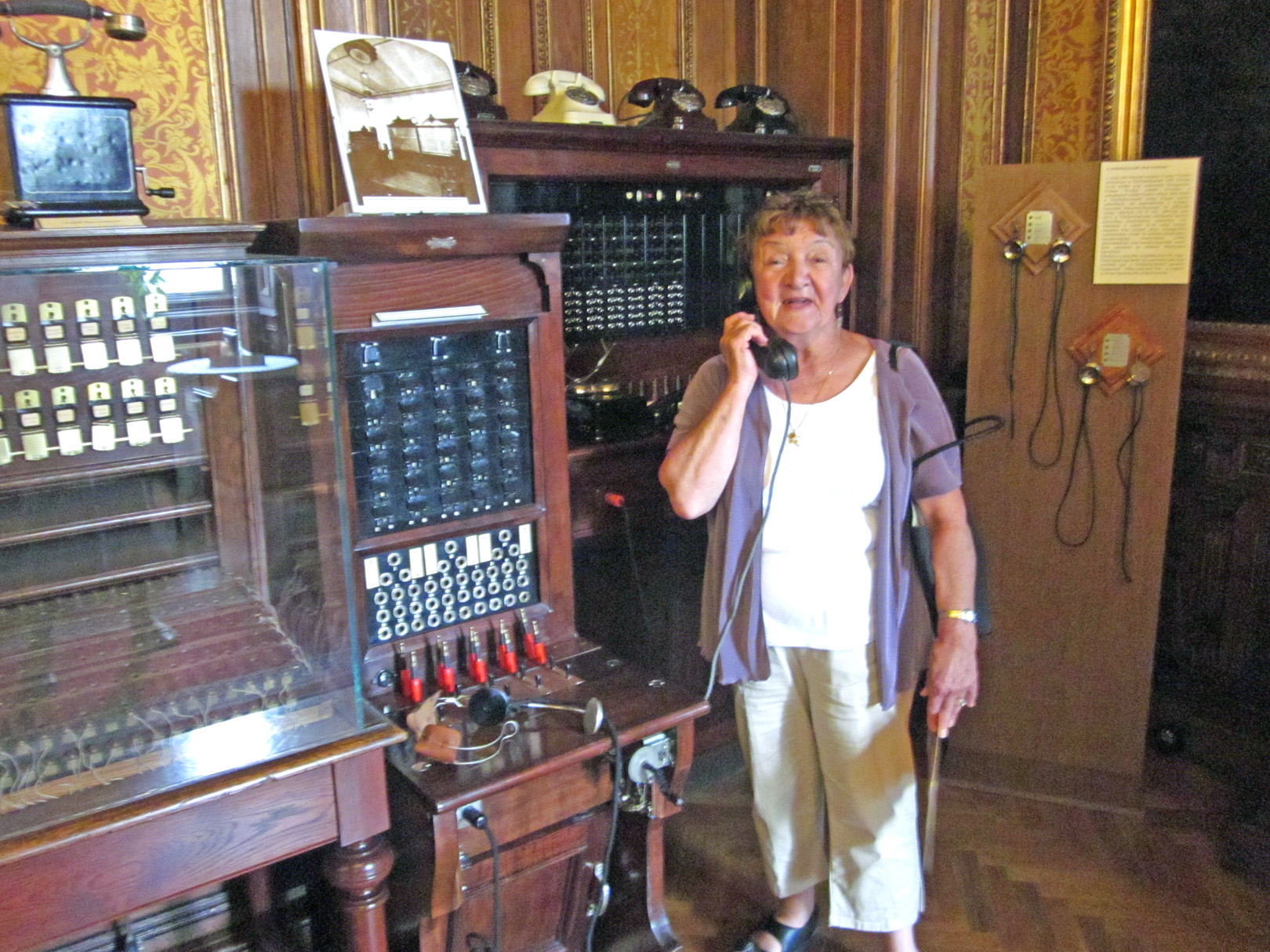
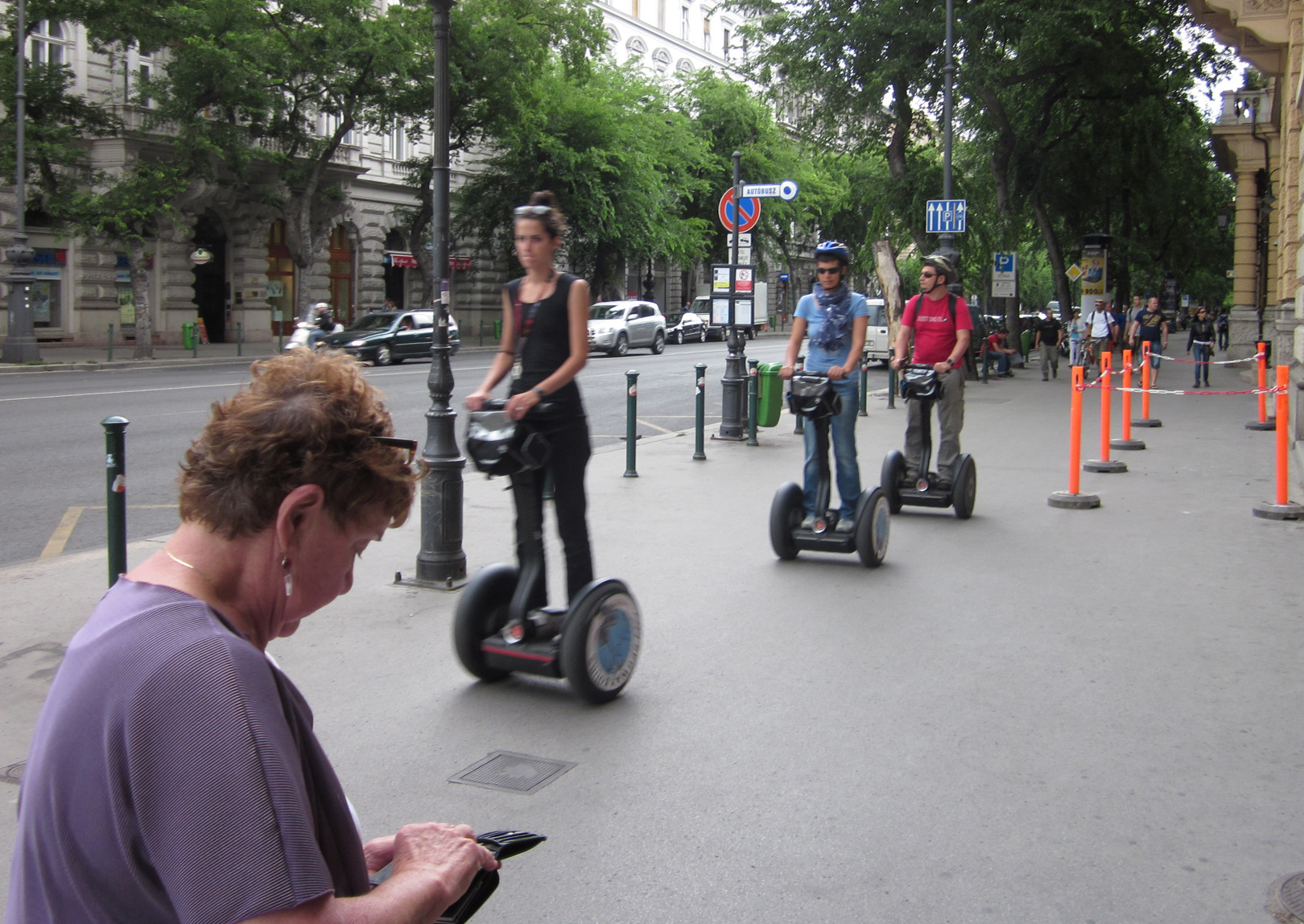
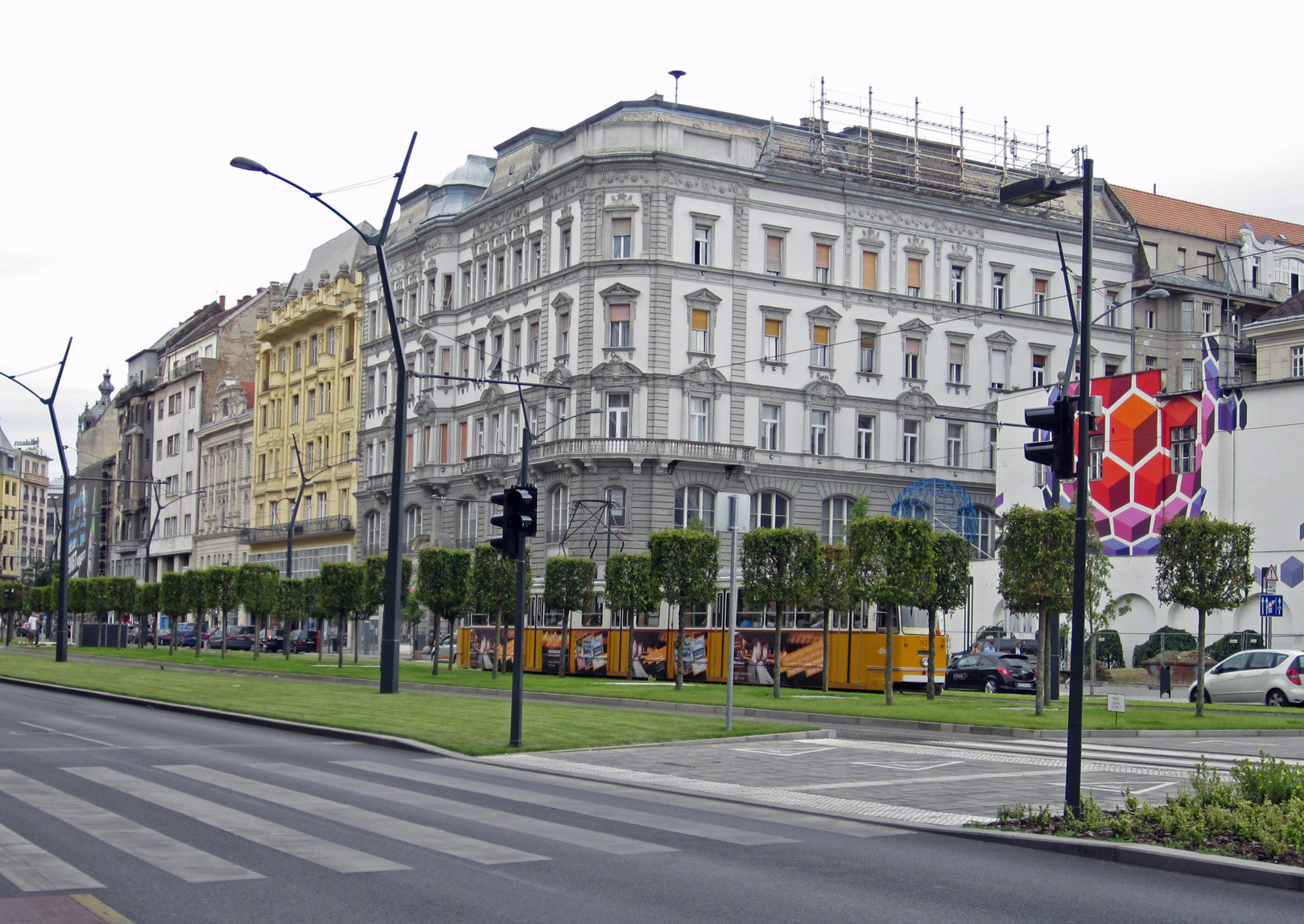
Go to Home
Go to P.3
Go to P.4
Go to P.5
Go to P.6
Go to P.7
Go to P.8
Go to P.9